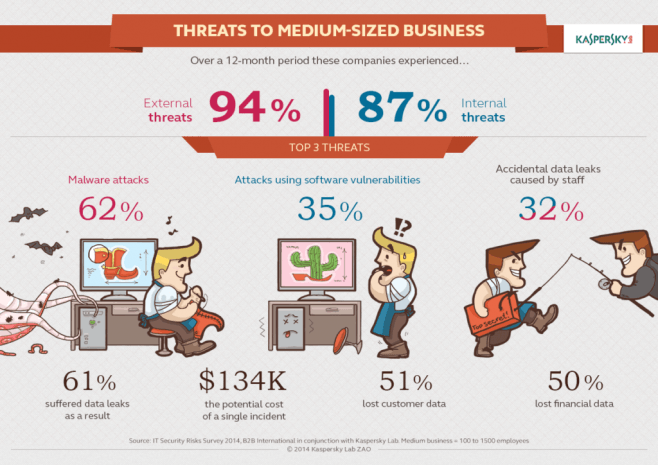
Stuxnet’s “hole”: the vulnerability is still around
Four years after the discovery of the Stuxnet worm, the primary vulnerability it had been exploiting is still around. This is mainly the problem of poorly maintained Windows XP PCs and servers, most likely inhabited by worms. In the interconnected world a neglected PC or a server is a possible problem for many people.
 PC neglect
PC neglect
 IT education
IT education
 e-commerce fraud
e-commerce fraud
 analysis
analysis
 business IT security
business IT security








 botnets
botnets


 backdoor
backdoor


